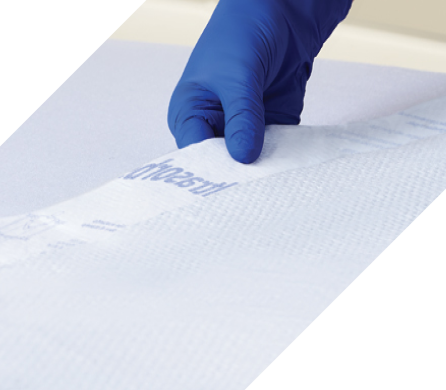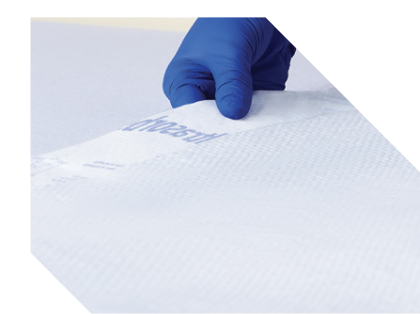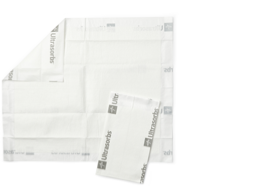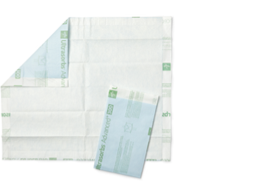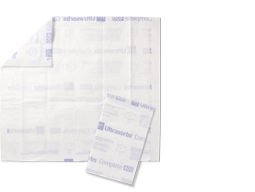Keep your patients comfortable, dry and protected from MASD
Moisture-associated skin damage (MASD) is painful for patients and costly for your facility. Keeping moisture away from the skin helps prevent MASD, and our Ultrasorbs line-up has multiple absorbent options to help you do it.
Each moisture-wicking Ultrasorbs is made with advanced polymers that promote skin dryness and comfort—while also reducing shear and allowing air circulation. Take a layer-by-layer look, below, to see how Ultrasorbs work for your patients.

83% of incontinent ICU patients
experience incontinence- associated dermatitis (IAD) 1

42% of hospitalized adults
and 41% of long-term care residents experience IAD 1
Industry-leading technology helps prevent skin breakdown
The Ultrasorbs difference
Ultrasorbs are designed to meet the needs of both patients and caregivers—with unique features and a level of dryness other products can’t match.

Dryness
When compared to a major competitor, Ultrasorbs Advanced is 6 times drier and Ultrasorbs Advanced+ is 11 times drier.
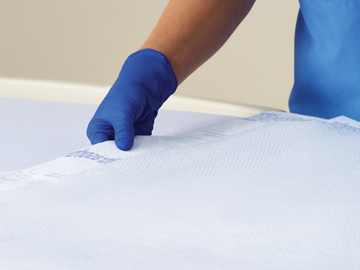
Strength
Patented technology makes Ultrasorbs stronger and more durable—eliminating the need for an additional repositioning aid.
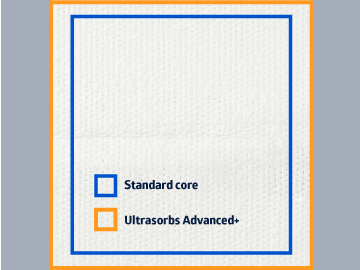
Features
In addition to SlipResist Technology, Ultrasorbs offers the only extended-core sizes on the market—providing 20% more coverage for high absorbency and improved patient dryness.
More ways to help keep patients dry
Your patients have a wide range of moisture-management needs, and our Ultrasorbs product portfolio has a variety of options to meet them. Use the chart below to find the right product mix to help prevent moisture-associated skin damage.
| Ultrasorbs | Ultrasorbs Advanced | Ultrasorbs Advanced + | Ultrasorbs Complete | |
|---|---|---|---|---|
| Boosting/repositioning capacity | N/A | 300–375 lbs. | 300–375 lbs. | 400 lbs. |
| Core type for different absorbency levels | Standard (Everyday abosrbency) | Standard (Everyday absorbency) | Extended (20% larger core coverage) | Rapid Wicking (Fastest absorbency) |
| Air permeability for patient comfort | Yes | Yes | Yes | Yes |
Choose the right Ultrasorbs for your facility
Request a free sample of Ultrasorbs
Complete this form and an Incontinence Specialist will reach out to you soon.

References:
- Ermer-Seltun, J. Practical Prevention and Treatment of Incontinence-Associated Dermatitis – a Risk Factor for Pressure Ulcers. Ostomy Wound Management. February 18, 2011. Available at https://www.hmpgloballearningnetwork.com/site/wmp/content/practical-prevention-and-treatment-incontinence-associated-dermatitis—-risk-factor-pressure November 9, 2015.
- Only available on Ultrasorbs Advanced (MSC383500)
